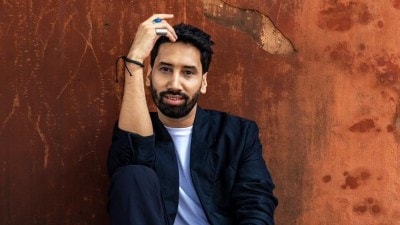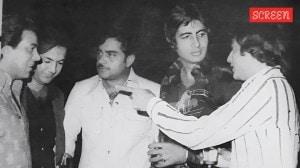India must explore alternative energy to overcome energy crisis
According to a paper presented in a recent conference, the electricity generated in India is lower than the total primary energy in the country.

“Apart from nuclear energy, other alternatives also need to be developed,” says nuclear scientist Dr M R Srinivasan, member of the Atomic Energy Commission while in conversation withANUPAM CHAKRAVARTTY;Excerpts from the interview:
Ques: According to a paper presented in a recent conference, the electricity generated in India is lower than the total primary energy in the country. Where do you think nuclear energy stands in this context?
Of the total energy consumed in India, 25 per cent is produced from cow dung and firewood, while 75 per cent is produced from coal, petroleum and other hydrocarbons. About 40 per cent of this 75 per cent is used for electricity. Nuclear energy is important in the context of society’s dependence on electricity. As compared to India’s 40 per cent, the ratio of electricity to total primary energy is around 60 to 70 per cent in countries like Norway and Canada.
Ques: Apart from nuclear energy, other alternatives such as wind energy have not been explored completely. Is going nuclear the only option left?
Wind and other alternatives have been explored. I would say that these non-conventional and comparatively cleaner forms of energy lack consistency in production. However, Gujarat and Tamil Nadu have been forerunners in developing these forms of energy. I would say that apart from nuclear energy, other alternatives must be explored equally.
Ques: In one of your papers, you have also talked about hydro initiative, targeting the year 2017. Could you elaborate on it?
Hydro initiative belongs to the time when the large dam projects were proposed to produce hydro-electricity during the 1960s. However, we were unable to keep up with the pace of the growing population and their energy requirements. There was a need to develop the existing coal and thermal power resources. Moreover, we could not plan dams for the rain-fed rivers, as there were drought threats. Rivers in the Northeastern states such as Arunachal Pradesh and Sikkim, and north Indian states such as Himachal Pradesh and Uttarakhand are good sources of hydroelectricity. Even as Sardar Sarovar Narmada Nigam Limited is considered to be successful, Medha Patkar and other members of the Narmada Bachao Andolan point at the flaws of rehabilitation of displaced people. Therefore, hydroelectricity production needs careful assessment, not just from the point of power generation but also from the perspective of those who will be affected by it. There is no single answer for the country’s energy needs.
Ques: There is a plan to set up a new nuclear facility in Gujarat. What are your thoughts on this?
The Nuclear Power Corporation of India has examined new sites near the Gujarat coastline. Construction work at two units in Kakrapar near Surat is likely to begin from next year. Each unit would be producing 750 MW.
- 01
- 02
- 03
- 04
- 05































